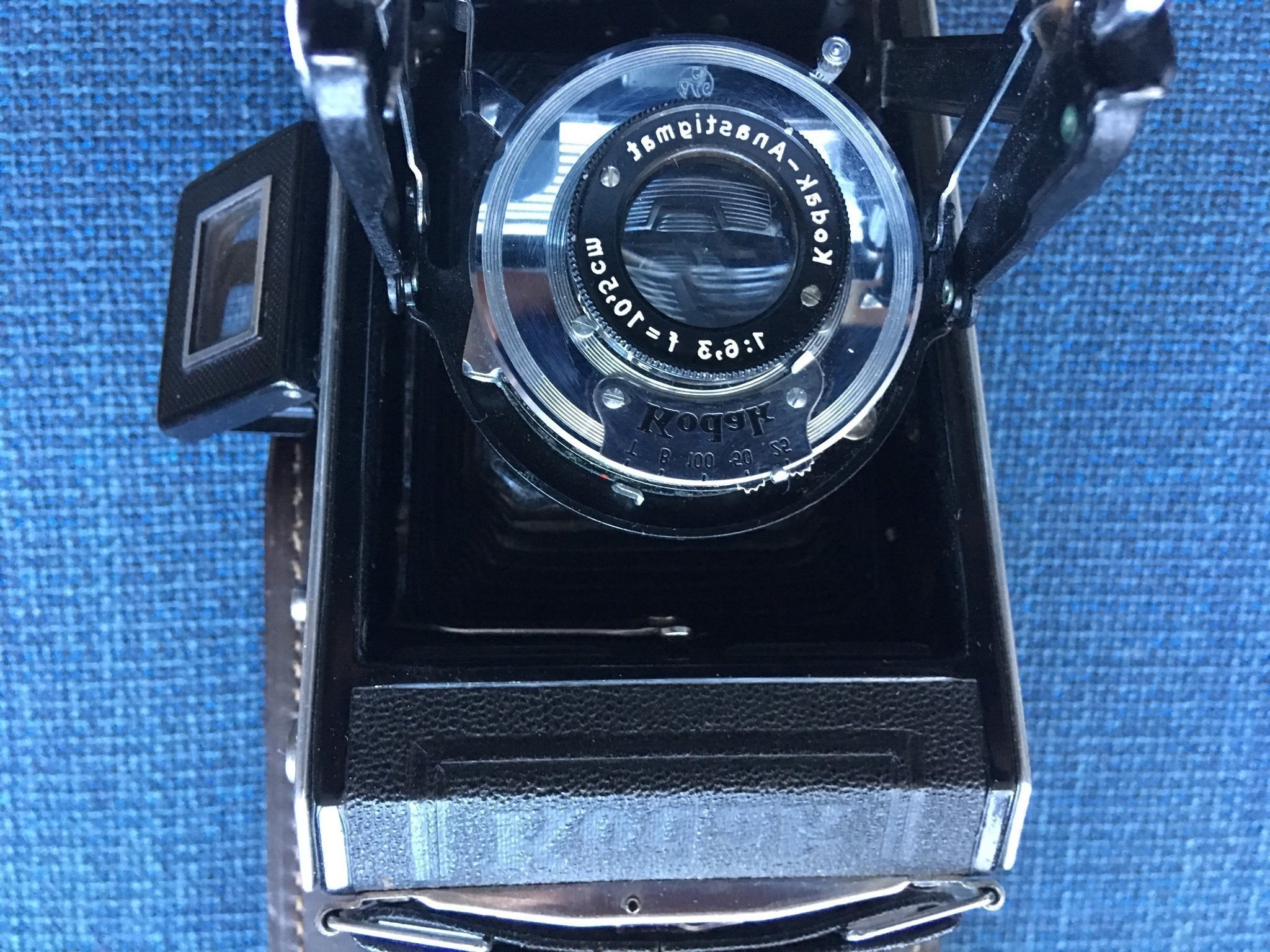
In 1919, Contessa Camerawerke would take over the floundering Nettel Camerawerk and become Contessa-Nettel AG. The Cocarette was one of Nagel’s early designs working for Cocarette, and was one of the models continued to be produced by Zeiss after their merger. Nettel had been in business since the early 1900s as a maker of folding medium and large format cameras. One of these companies was Nettel Camerawerk from Sontheim am Neckar, Germany. After the war had ended, the German economy was in disarray and many German companies were unable to stay in business. In my research for this article, I was not able to find any images or any other information about what this first Contessa would have looked like.ĭrexel & Nagel saw almost immediate success, and in 1909, renamed itself to Contessa Camerawerke Stuttgart, and by 1910 had developed as many as 23 different models, many of which were exported all over the world.īy the start of World War I, Contessa Camerawerke employed over 500 people, and during the war, would switch production to making armaments for the German war effort. Drexel & Nagel’s first camera was a very compact camera called the Contessa No.1 which made 4.5cm x 7cm images on what I can only assume was some type of early roll film.

In 1908, at the age of 26, he founded his first company with childhood friend Carl Drexel, called Drexel & Nagel of Stuttgart.
KODAK VOLLENDA 620 FREE
Despite being a skilled mechanic, Nagel’s passion was photography, and he would devote his free time to the design and construction of primitive cameras. (There is at least one article online which suggests Nagel was born in 1867, which I do not believe to be true.) In his younger years, he worked in various small machine factories learning business and the inner workings of mechanical objects.

If George Eastman was the most important man in Kodak’s history, Nagel was second.Īugust Nagel was born in Jin Stuttgart, Germany. While Kodak had a variety of capable models at this time, they sorely lacked the precision and expertise of the German marques like Zeiss, Voigtländer, and Leitz. A portrait of Augst Nagel, probably from the late 1930s or early 1940s.īy the late 1920s, if you wanted film, you might buy it from Kodak, but if you wanted a high end camera, you bought something from Germany. Over the first half of the 20th century, Kodak would on occasion release mid to upper priced models to complement the basic box cameras, but they generally weren’t considered leaders in the camera making business. These early box cameras were designed in a way to be cheap to manufacture, and easy to use, but just good enough that people would be satisfied with the images they made. Kodak’s first cameras were basic box cameras with simple lenses and single speed shutters. While Kodak was always a ‘film first’ company, they didn’t ignore the camera making business either. Instead of getting one purchase from a customer for one or two cameras, they could have a customer for life, continually buying film.Įastman’s business model was a roaring success, and it catapulted Kodak to the top of the film industry for over a century. George Eastman was a visionary inventor and businessman who had the idea that if they could sell an inexpensive photographic film apparatus that would require customers to keep coming back to buy more film, they stood to make far more money than they would as a dedicated camera making company. The Eastman-Kodak company was originally founded by George Eastman in 1888. Viewfinder: Flip up Reverse Galilean Scale Focus Finder Lens: 5cm f/3.5 Schneider-Kreuznach Radionar uncoated 3-elements

Like all Nagel designed cameras, the Vollenda was a high quality and compact camera that had an excellent lens and a very capable shutter.įilm Type: 127 Roll Film (sixteen 3cm x 4cm exposures per roll) August Nagel’s models that he designed at his own company and brought over to Kodak when he merged with them in 1931. It was originally made by Nagel Kamera-Werke and later by Kodak AG in Stuttgart, Germany between the years of 19. This is a Kodak Vollenda 48, a folding camera that shoots 3cm x 4cm images on 127 film.


 0 kommentar(er)
0 kommentar(er)
